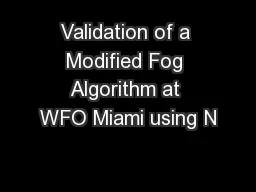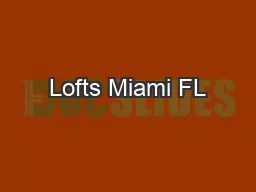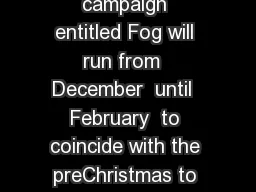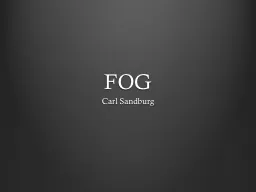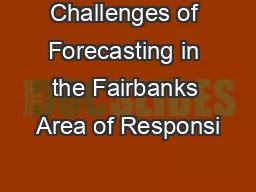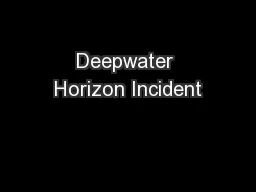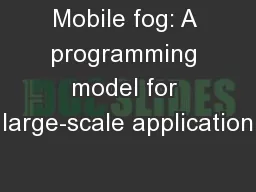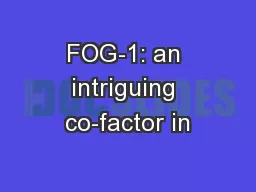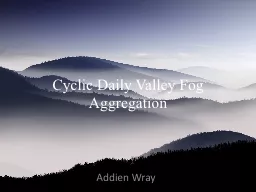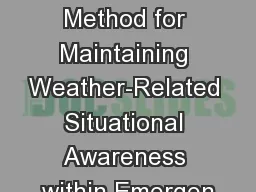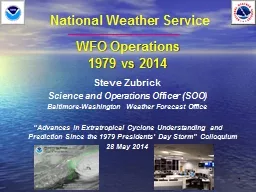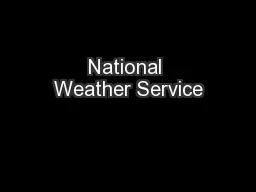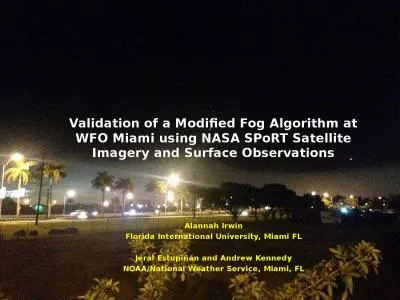PPT-Validation of a Modified Fog Algorithm at WFO Miami using N
Author : lindy-dunigan | Published Date : 2016-04-21
SPoRT Satellite Imagery and Surface Observations Alannah Irwin Florida International University Miami FL Jeral Estupiñán and Andrew Kennedy NOAANational Weather
Presentation Embed Code
Download Presentation
Download Presentation The PPT/PDF document "Validation of a Modified Fog Algorithm a..." is the property of its rightful owner. Permission is granted to download and print the materials on this website for personal, non-commercial use only, and to display it on your personal computer provided you do not modify the materials and that you retain all copyright notices contained in the materials. By downloading content from our website, you accept the terms of this agreement.
Validation of a Modified Fog Algorithm at WFO Miami using N: Transcript
Download Rules Of Document
"Validation of a Modified Fog Algorithm at WFO Miami using N"The content belongs to its owner. You may download and print it for personal use, without modification, and keep all copyright notices. By downloading, you agree to these terms.
Related Documents

